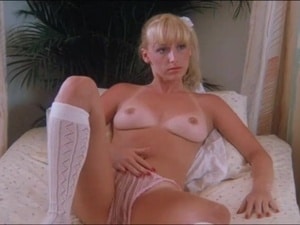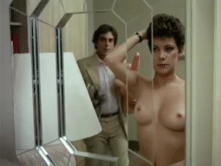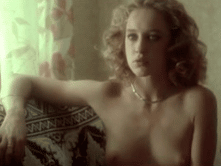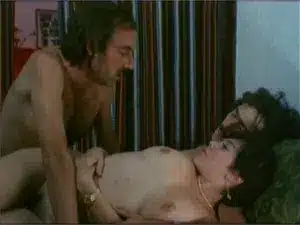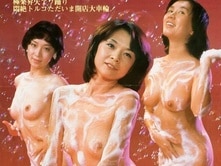The early 20th-century Austrian painter portrayed in Herbert Vesely’s film “Egon Schiele: Epcess and Punishment” has just the sort of credentials that, crudely exploited, could inspire a fervent cult. Handsome, talented and prosecuted for his anatomically explicit female nudes, Schiele died of influenza at the age of 28. How many legends have been spun from the images of golden artistic rebels who died before reaching their prime?
But “Excess and Punishment,” which opens today at the Film Forum, makes no attempt to lionize Schiele as the Jim Morrison of Austrian Expressionists. At once dour and prurient, the movie, filmed in a sepia-toned color that lends everything a sour, varnished hue, tries to imagine the world as seen through Schiele’s eyes. It is a place in which the only antidote to the drabness of straitlaced Austrian life is the lushness and mystery of the undraped female body.

The camera repeatedly pans across the naked forms of Schiele’s models like a painter contemplating his subject with a mixture of clinical curiosity and desire. The models’ intense expressions and unguarded poses indicate that their sitting for the artist is a defiant romantic gesture, an intimate sexual transaction that is as risky as it is exciting.
As evocatively as the movie explores the relationship between artist and model in a sexually repressed era, it is frustratingly sketchy and confusing when it comes to actual biographical detail, and it has no narrative energy. As the film begins, Schiele (Mathieu Carriere) and his favorite model, Vally (Jane Birkin), are living in the country when a beautiful 15-year-old runaway (Nina Fallenstein) knocks at their door and pleads for shelter.
After the girl’s outraged father comes to call, Schiele is imprisoned without trial for 24 days for seducing a minor. Although he is finally acquitted of the charge, he is sentenced to three days in prison for making obscene art, and is devastated when one of his drawings is publicly burned. Schiele eventually marries, but he and his wife both die in the influenza epidemic of 1918. In the film, he contracts the disease by making love to his wife on her deathbed.
As played by Mr. Carriere, Schiele is a far cry from a heroic rebel. A neurasthenic introvert with the eyes of a frightened deer, he nearly loses his mind during his imprisonment. A mute, helpless figure, he seems to exist only for his work, and his relationships with the two major women in his life seem tormented in ways that are never made clear. His few comments are remarks about painting, the relationship of the human body to napure and an esthetic that he describes as “nostalgia.”
“Egon Schiele” is skillful at evoking an oppressive social ethos, but as a character study it remains largely a blank. N.Y. Times.


